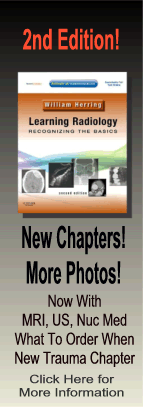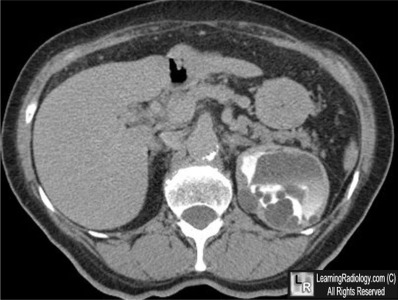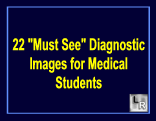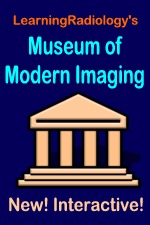| Cardiac | |
|---|---|
| GI | |
| Bone | |
| GU | |
| Neuro | |
| Peds | |
| Faculty | |
| Student | |
| Quizzes | |
| Image DDX | |
| Museum | |
| Mobile | |
| |
Misc |
| Videocasts | |
| Signs | |
Learning
Radiology:
Recognizing
the Basics
Available
on the Kindle
and IPad
LearningRadiology Imaging Signs
on Twitter
![]()
Follow us on
What is the most likely diagnosis?
- 36 year-old female with flank pain
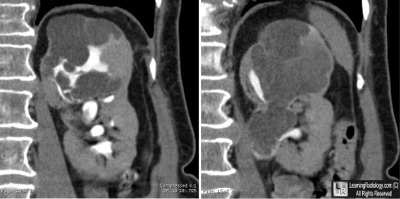
Left Kidney-Contrast-Enhanced CT Urogram
- Hydronephrosis
- Renal Cell Carcinoma
- Xanthogranulomatous Pyelonephritis
- Cystic Nephroma
- Staghorn calculus
Additional Image - Axial contrast-enhanced CT of the upper abdomen
![]()
Answer:
4.Cystic Nephroma
More (Click Discussion Tab)
Cystic Nephroma
General Considerations
- Rare, unilateral multi-loculated cystic tumor lacking blastemal elements
- Solitary, well-circumscribed
- Non-communicating fluid-filled locules, surrounded by thick, fibrous capsule
- Do not connect to the collecting system
- Usually quite large (mean 7.6 cm by 9.7 cm)
- Most common in lower pole
- Bimodal occurrence
- Affects males more often in childhood ( 3 months-4 years)
- 50% cystic nephromas and 50% CPDN (see below)
- Females more frequently in adulthood (>30)
MORE . . .
.
This Week
36 year-old female with flank pain |
Some of the fundamentals of interpreting chest images |
The top diagnostic imaging diagnoses that all medical students should recognize according to the Alliance of Medical Student Educators in Radiology |
Recognizing normal and key abnormal intestinal gas patterns, free air and abdominal calcifications |
Recognizing the parameters that define a good chest x-ray; avoiding common pitfalls |
How to recognize the most common arthritides |
LearningRadiology
Named Magazine's
"25 Most Influential"
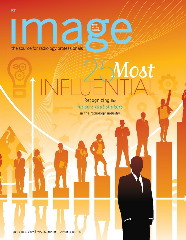
See Article on LearningRadiology
in August, 2010
RSNA News
| LearningRadiology.com |
is an award-winning educational website aimed primarily at medical students and radiology residents-in-training, containing lectures, handouts, images, Cases of the Week, archives of cases, quizzes, flashcards of differential diagnoses and “most commons” lists, primarily in the areas of chest, GI, GU cardiac, bone and neuroradiology. |

